Kretzschmaria deusta (Hoffm.) P. M. D. Martin - Brittle Cinder
Phylum: Ascomycota - Class: Sordariomycetes - Order: Xylariales - Family: Xylariaceae
Distribution - Taxonomic History - Etymology - Identification - Reference Sources
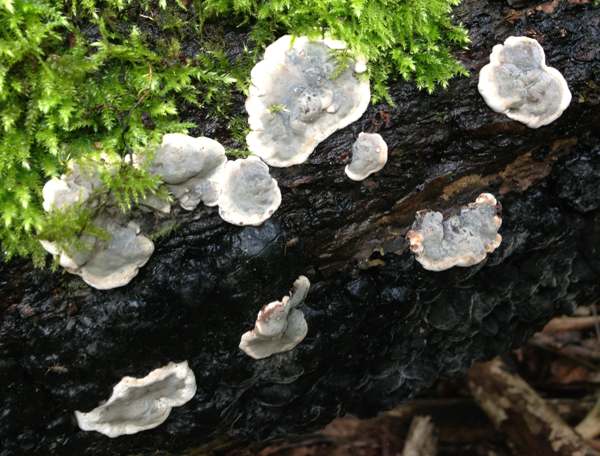
Kretzschmaria deusta, commonly called the Brittle Cinder fungus, is a seriously worrying plant pathogen, as the many articles in forestry publications confirm. This ascomycete causes soft rot by consuming both cellulose and lignin.
Distribution
Brittle Cinder fungus is common throughout Britain and Ireland. It can also be found in most temperate regions of the Northern Hemisphere, particularly where limes, beeches and oaks grow.
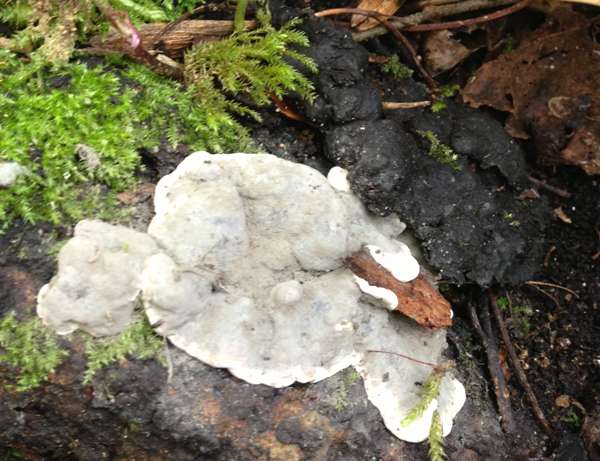
Taxonomic history
The scientific name Sphaeria deusta was given to this ascomycetous fungus in 1787 by German naturalist George Franz Hoffmann (1761 - 1826).
Brittle Cinder was known until recently by the scientific name Ustulina vulgaris, but in 1970 South African mycologist P. M. D. Martin (biographical details unknown to us at present) transferred this ascomycete fungus to the genus Kretzschmaria, establishing its currently-accepted scientific name Kretzschmaria deusta.
Synonyms of Kretzschmaria deusta include Sphaeria deusta Hoffm., Sphaeria maxima Bolton, Hypoxylon ustulatum Bull., Nemania deusta (Hoffm.) Gray, Stromatosphaeria deusta (Hoffm.) Grev., Hypoxylon deustum (Hoffm.) Grev., Ustulina vulgaris Tul. & C. Tul., and Ustulina deusta (Hoffm.) Lind.
Etymology
The specific epithet deusta means burned, a reference to the cinder-like appearance and texture of mature fruitbodies of this wood-rotting fungus.
Identification guide
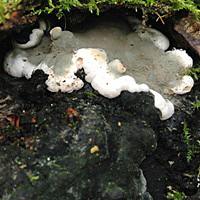 |
DescriptionBrittle Cinder fungus produces wavy-edged cushions or crusts clinging to the substrate timber. Initially greyish with white edges, the fruitbodies turn black and become extremely brittle. In summer the fertile (upper) surface produces ascospores within flask-like asci buried in perithecia within the fertile surface. Easily spotted when they are young, Brittle Cinder fungus is probably under-recorded because it can so easily go unnoticed once darkens. Old fruitbodies look more like charred wood than anything produced by a fungus. |
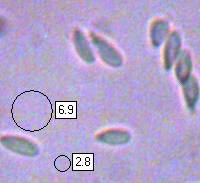 |
Conidiospores (asexually-produced spores)Pip-shaped, smooth, hyaline; typically 7x3µm |
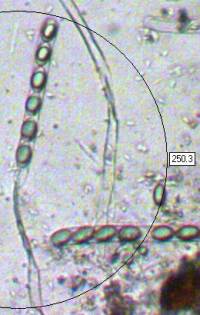 |
AsciTypically 300 x 15 µm, with eight spores per ascus. The ascal plugs are clear, but they stain blue in Melzer's reagent. Note: the asci shown on the left contain immature spores from a specimen collected in late May. |
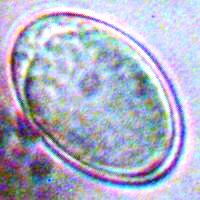 |
AscosporesEllipsoidal to fusiform, smooth, 25-35 x 7-10µm. Spore printBlack. |
Odour/taste |
Not distinctive. |
Habitat & Ecological role |
Parasitic on the roots and lower trunks of living hardwood trees, notably oaks, beeches, limes and rather less often on various acers and other hardwood trees, Brittle Cinder continues to consume the timber once its host has died. Infected trees are prone to sudden collapse, and so infected specimens near to buildings, roads or other vulnerable structures may require felling. |
Season |
New fruitbodies appear in springtime, but old blackened Brittle Cinder fungi can be found throughout the year. |
Similar species |
Bjerkandera adusta is a basidiomycete fungus which also causes white rot and sometimes grows in a semi-resupinate form; it does not turn black and brittle with age, however. |
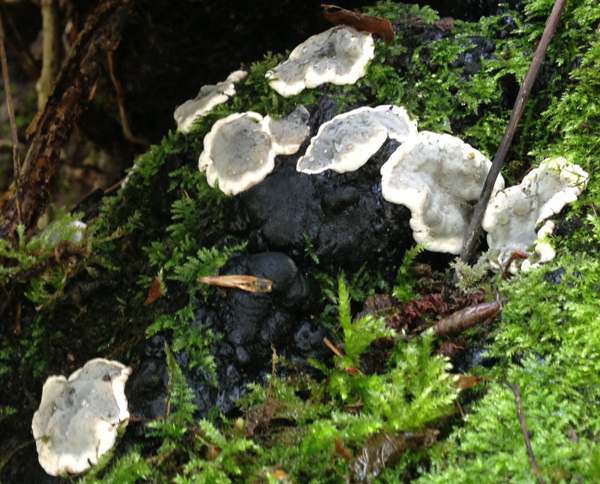
Reference Sources
Dennis, R.W.G. (1981). British Ascomycetes; Lubrecht & Cramer; ISBN: 3768205525.
Breitenbach, J. & Kränzlin, F. (1984). Fungi of Switzerland. Volume 1: Ascomycetes. Verlag Mykologia: Luzern, Switzerland.
Medardi, G. (2006). Ascomiceti d'Italia. Centro Studi Micologici: Trento.
Dictionary of the Fungi; Paul M. Kirk, Paul F. Cannon, David W. Minter and J. A. Stalpers; CABI, 2008.
Acknowledgements
This page includes pictures kindly contributed by Simon Harding.
Fascinated by Fungi. Back by popular demand, Pat O'Reilly's best-selling 450-page hardback book is available now. The latest second edition was republished with a sparkling new cover design in September 2022 by Coch-y-Bonddu Books. Full details and copies are available from the publisher's online bookshop...

